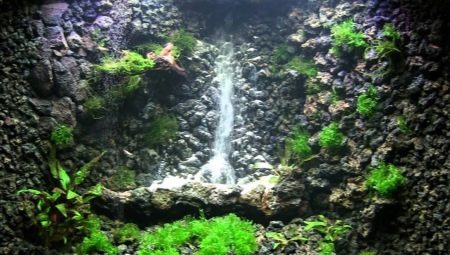Those who have ever seen what a waterfall looks like inside an aquarium often get the idea to establish the same beauty at home. This at first seems a pretty daunting task. However, let’s try to understand in more detail whether this is realistic.
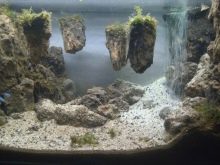
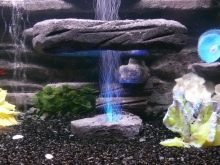
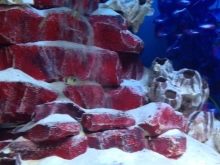
Features
The main feature of the aquarium waterfall is that it does not work on water, but on sand. Accordingly, it has its own technology and specifics. To achieve the rise of sand, and then gently draining it down, a compressor is used. It creates a vacuum in the tube through which the sand circulates.
If you want to install a sand waterfall at home, you can choose 2 ways. Of course, the easiest way is to purchase it in a store. On the shelves, this product is presented in a rather wide assortment - you can find one that will like the shape, will have the required dimensions.

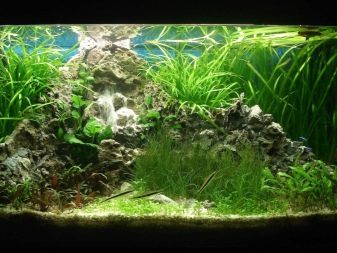
All that remains is to assemble the device and connect it, which anyone can handle.
However, some aquarists still prefer to make a small or larger waterfall with their own hands. They include imagination and come up with the most unusual options for this decorative element. It should be noted that the process does not require special skills and is within the power of any person who has an idea of the essence of such work. Its principle is to raise sand through a compressor to a certain height, from which it will fall.
The condition necessary for the organization of work is maintaining the cleanliness of the pipe along which the sand will rise. And you also need to ensure that the process is not interrupted.
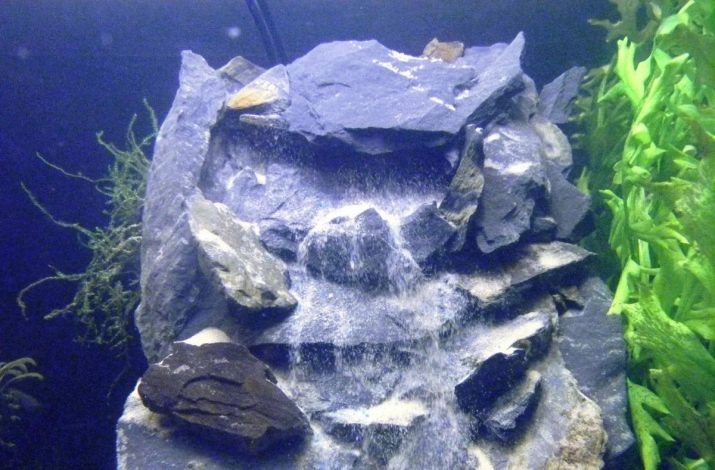
Necessary materials
Before starting work, it is necessary to prepare materials that are useful along its course.The process is slow, rather painstaking, requiring concentration, so you have to be patient. However, the result will not be long in coming, and the aquarium waterfall will delight the eye for a long time.
So first of all required to choose a compressor. It is he who is responsible for the continuous rise of grains of sand and provides injection. In addition to him, it is worth taking care of the rigid support. As it is possible to use a tube made of plastic, which is fixed on a rigid surface having the shape of a rectangle.
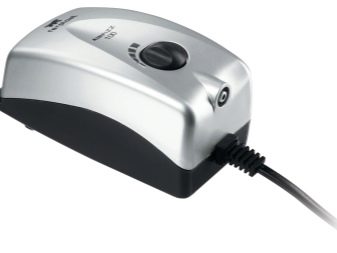
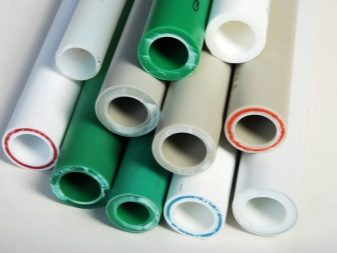
The size is selected according to what size the finished aquarium waterfall should be.
And also need rubber hose. Its cross section should be from 10 to 15 millimeters. A dropper hose, adhesive tape, a 1.5 liter plastic bottle and silicone glue will come in handy. In addition, you need to prepare not too heavy stones, which will serve for decoration.
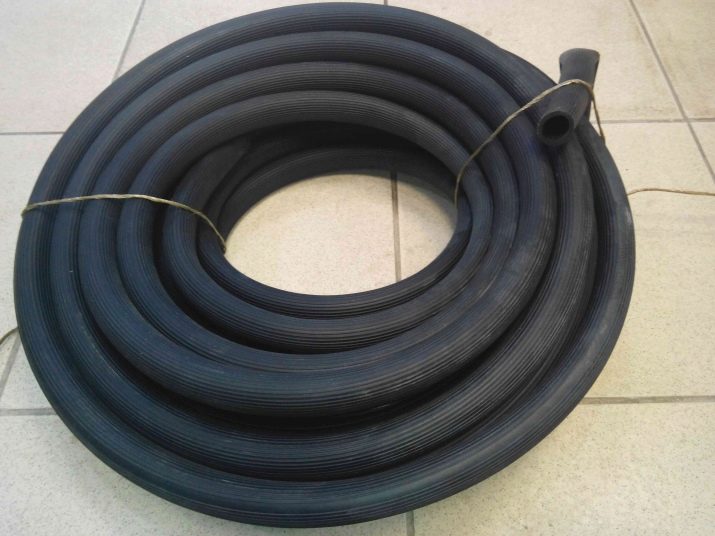
Step-by-step instruction
After the necessary materials have been prepared, it is the turn of constructing parts of the future composition. We offer instructions, following which will save time and prevent mistakes.
To start, the foundation is being prepared. It is necessary to attach a rubber hose to it, you need to do this using silicone glue. It should be borne in mind that there should be the possibility of getting rid of excess air, therefore the hose must be led higher than the level of the water surface.
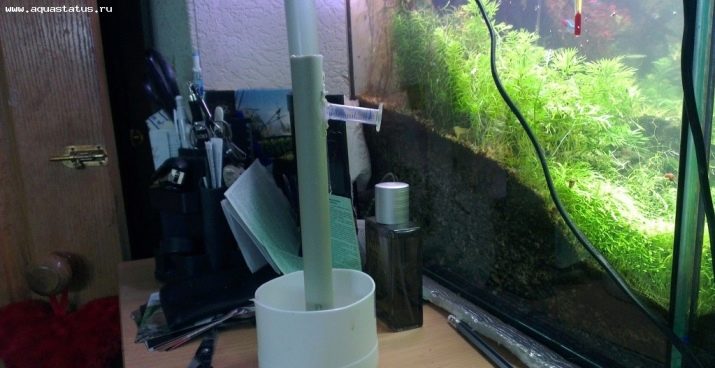
Its lower part is slightly cut to put a bowl for collecting sand in this hole.
In order to make the cup itself directly, you will need a plastic bottle. Its upper part is cut to the point of narrowing. The lower one is divided into 2 parts, one of which will serve as a bowl for sand.
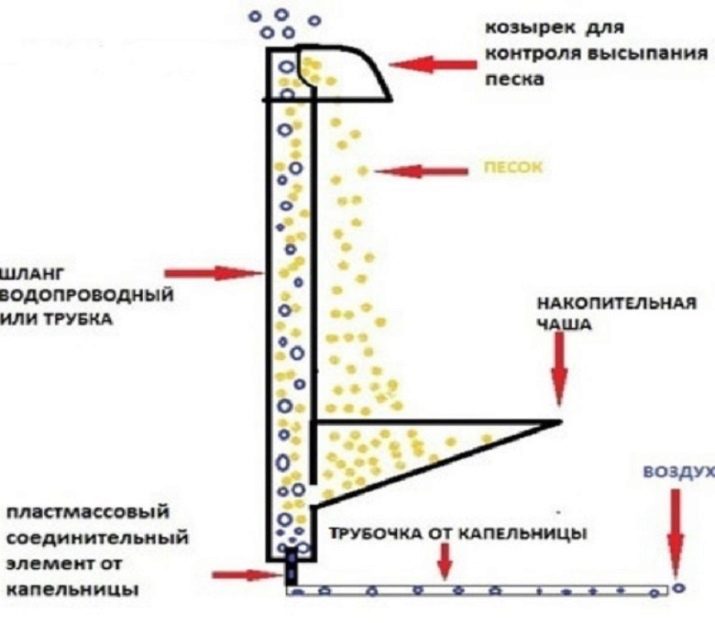
Assembly
Next stage - creation of the main structure from prepared parts. In the place where the rubber hose is cut, a bowl is installed. It must be fixed with silicone glue, fixed with adhesive tape for strength. The hose from the drip system is connected to the bottom of the hose, through which air will flow from the compressor.
On the rubber hose, it is necessary to make another incision, quite large, which should be located below the water level. Sand will come out of it, which creates the effect of a waterfall. That air, which turns out to be superfluous, rises higher. In order to get the filter principle, the notch is covered with a synthetic winterizer.
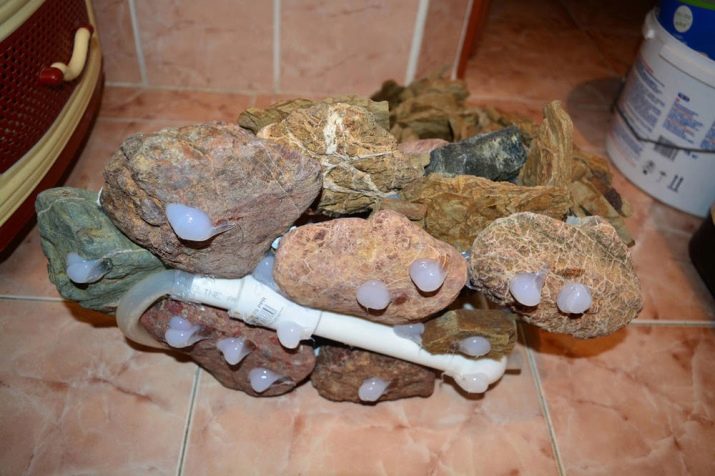
After that, you need to check whether all the elements are securely fixed. If there are weaknesses, you need to glue them again. Just in case, you can fix and strong-looking connections.
After all the manipulations are completed, you can start decorating. Here the emphasis is on the imagination of the aquarist. The design can be anything, pebbles and other elements are used for it.
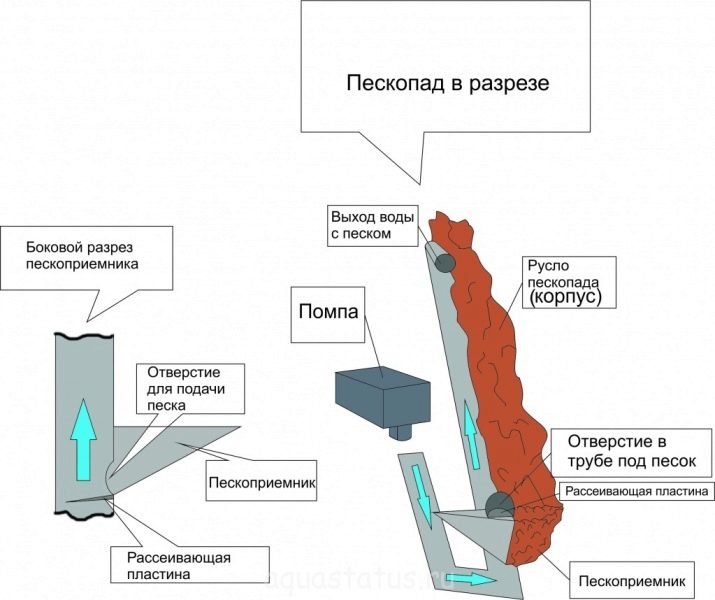
Choose sand
How the waterfall will work depends heavily on the sand circulating in it. The choice of this component should be taken very responsibly.
Very fine sand is not suitable for the operation of an aquarium waterfall. The fact is that it is too light in weight and therefore subject to too much spraying. With large grains of sand, the opposite problem.
Being inside the rubber hose, they may not rise completely, thereby creating congestion.
Experts recommend considering colored sand option. The waterfall with it looks more elegant and unusual, the effect of magic is created. However, you can try various options, and in the end stop at what you like most.
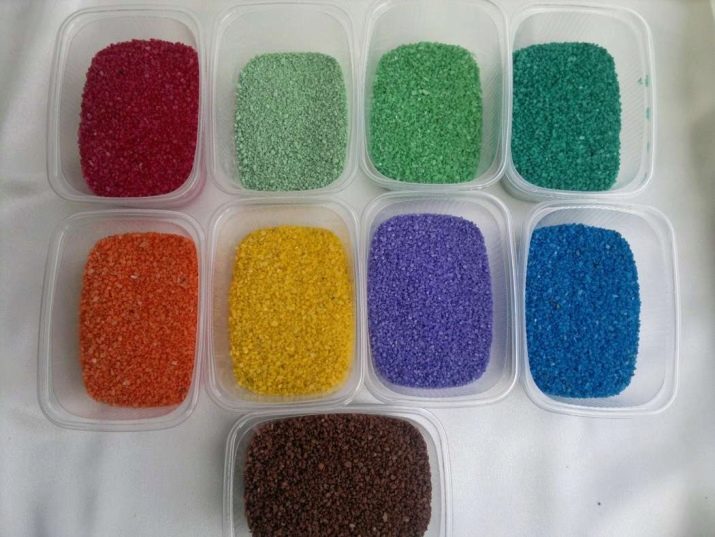
Recommendations
Experts give some tips that may be useful to those who are going to make a sand waterfall in an aquarium.
To improve the device, You can equip it with a protective cover. It will allow the sand not to get enough sleep, moreover, to fall at the outlet of the hose in the right direction. This will require a plastic bottle with a capacity of 0.5 liters.From it you need to cut the cover of the required size, and then fix it on the structure. The main thing is that the lid does not unnecessarily overlap the place where the excess air comes from. So that the glued part does not look foreign, it can be decorated with pebbles or other decorative elements.
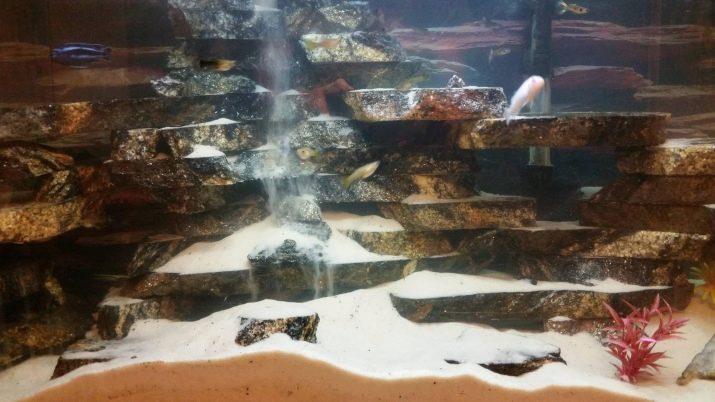
For a volumetric waterfall, you can use a 5-liter bottle. The upper and lower parts are cut from it, after which the angle is cut. After that, the material adheres to the hoses.
Decorative elements will also not be superfluous at such a waterfall. Pebbles can be fixed on silicone glue. In addition, the rapids will look beautiful and elegant.
Aquarists say that often glue is visible in the open parts of the structure, giving it a not-too-presentable look. This problem is easy to fix, smudges are masked if unsuccessful areas are properly sprinkled with the same sand. This can act as a kind of decor element and will allow you to hide various flaws.
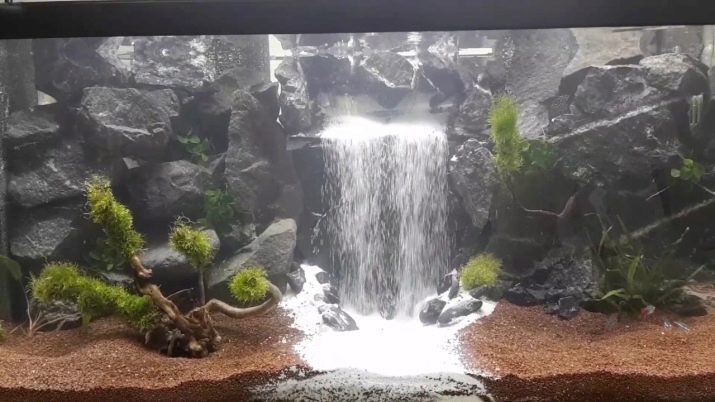
See how to make a waterfall in the aquarium with your own hands.
